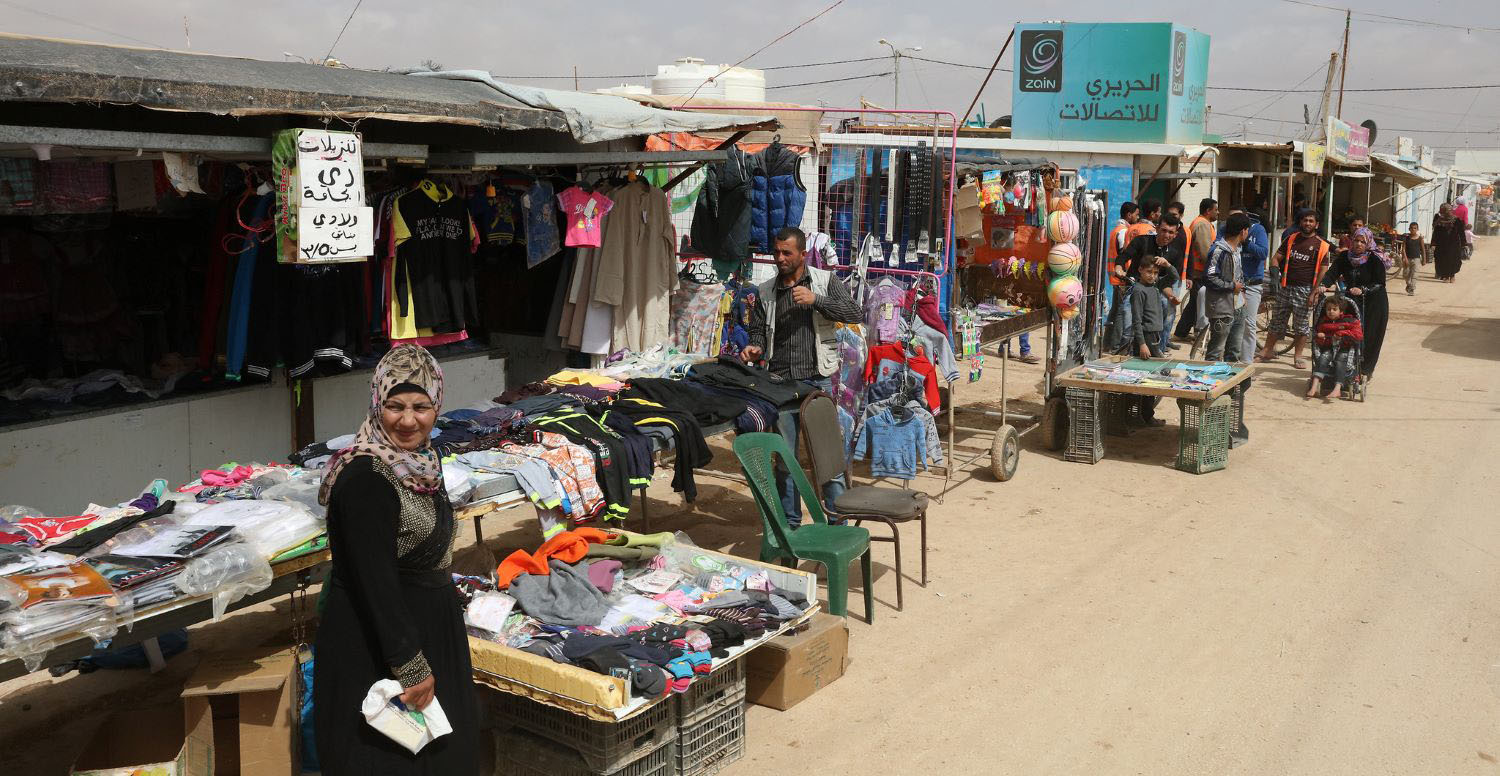With funding for the federal government restored and the debt ceiling crisis averted (for now), President Obama has called on Congress to address three policy priorities in what remains of 2013. I'm thrilled to learn that immigration reform made the cut. I'm particularly interested in the Senate-passed proposal for temporary low-skill employment permits, the W-visa.
In a CGD Policy Brief published earlier this year, Lant Pritchett and I argue that temporary visa programs like this, designed well, can be a “four-way win”—yielding benefits for US workers, the middle class, and national security, as well as the migrants themselves. When low-skilled migrants from developing countries come to the United States to work, they can increase their earnings by factors of four or more. These big gains often translate into big welfare improvements for their families back home.
Skeptics frequently ask us if these programs really work. When the sending country struggles with low government capacity or lacks a history of successful participation in guest worker programs, can the aforementioned benefits really be achieved?
Yes. Designed properly, 21st-century guest-work programs can and do work. Modest steps taken by both sending and receiving countries can help ensure success. Two temporary employment visa programs stand out:
The RSE began in 2006 and by April 2012, nearly 1,700 workers from Vanuatu traveled to New Zealand for work under the RSE scheme. The program has generated benefits so great that it has been called “one of the most effective development interventions for which rigorous evaluations are available” by economists David McKenzie and John Gibson, whose RSE evaluation is among the most rigorous ever performed on a guest-work program.
The Seasonal Agricultural Workers Program (SAWP) between Guatemala and Canada was established in 2003 with just 215 workers participating in the inaugural year. In 2008, 3,313 workers took part, many of whom originated from the poorest regions of Guatemala. According to the Migration Mapping Initiative, 93.2% of these Guatemalan workers complete their contracts and return home on time, while another 6.6% return early for various reasons, leaving only an estimated 0.2% of workers that overstay. While the effects of the SAWP in particular on Guatemalan households have not to my knowledge been carefully evaluated, the effects of similar migration have been. Richard Adams and Alfredo Cuecuecha find that remittances cause various types of household investment in Guatemala.
Both programs, and others like them, share some key characteristics:
Pre-departure training. Before they leave their homes, workers need to understand the design of the program, their employers’ expectations, their rights, and the resources available to them while abroad. If workers know that compliance opens the opportunity for future work authorizations, and that they are protected by their host countries’ labor laws, they are more likely to return home on time and less likely to fall victim to exploitation.
Collaboration and information sharing. When governments, industry, and civil society partners in sending and receiving countries share information, it reduces the potential for program abuses by unscrupulous or illegitimate recruiters.
Selection of workers. The process of ensuring that workers return home on time starts with selecting workers who are well suited for the program. Sending countries can engage actively with private or civil society recruiters to ensure that strong candidates are selected.
The RSE program in New Zealand and the SAWP in Canada demonstrate that temporary migration programs which facilitate employment for workers from poor, low-capacity states in much wealthier nations can work well. Countries that host these programs can increase their likelihood of success by instituting pre-departure training for visa holders, facilitating increased communication with sending country governments, and establishing appropriate, collaborative worker selection processes.
Whether or not Congress passes comprehensive immigration reform, by learning from these examples and putting smart, low-cost systems in place, the United States and developing countries in partnership can realize the full potential of temporary worker programs.
CGD blog posts reflect the views of the authors, drawing on prior research and experience in their areas of expertise.
CGD is a nonpartisan, independent organization and does not take institutional positions.






